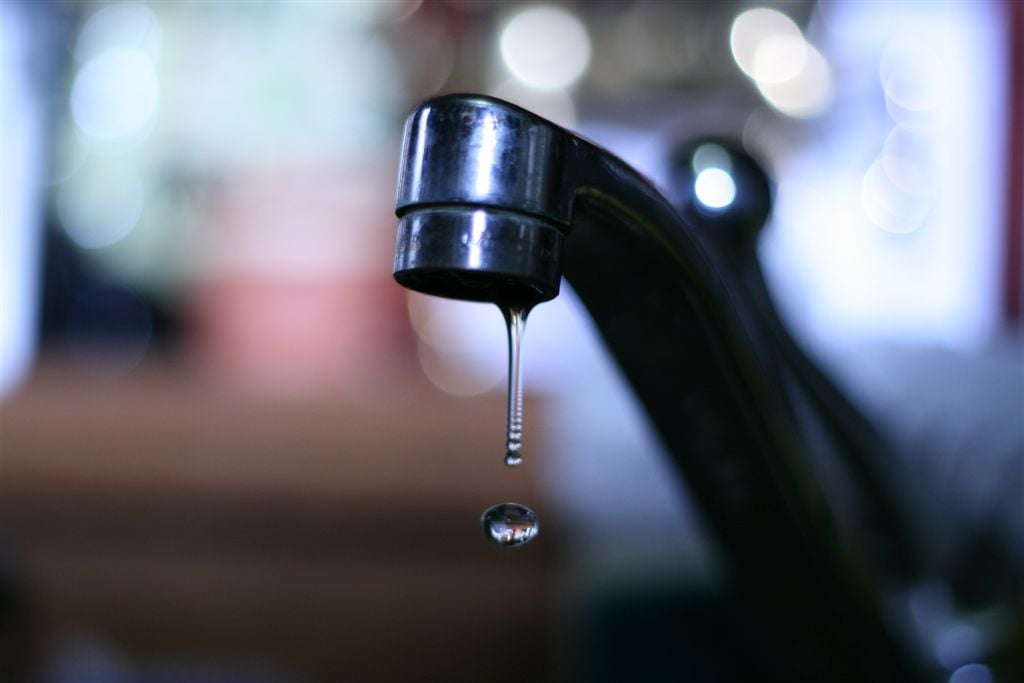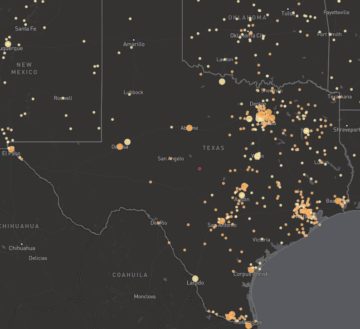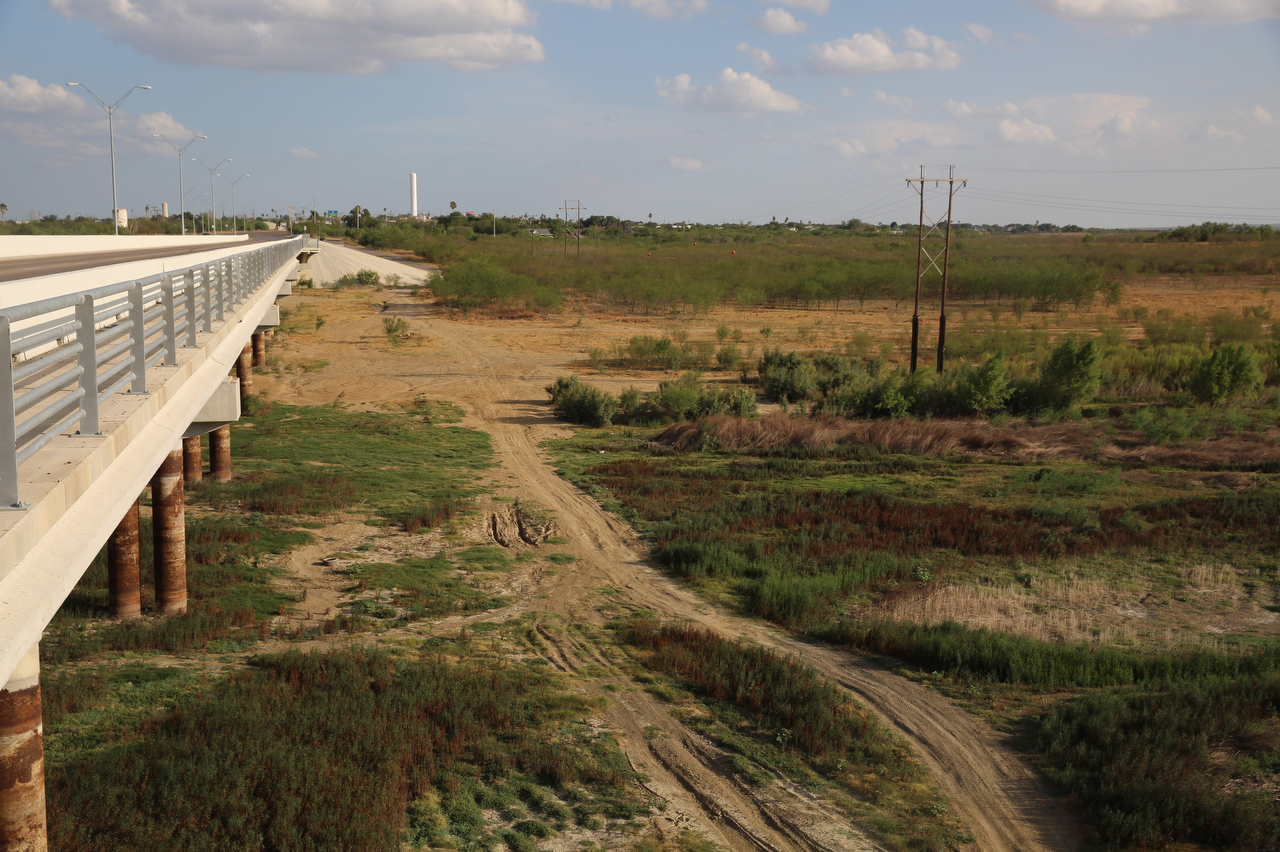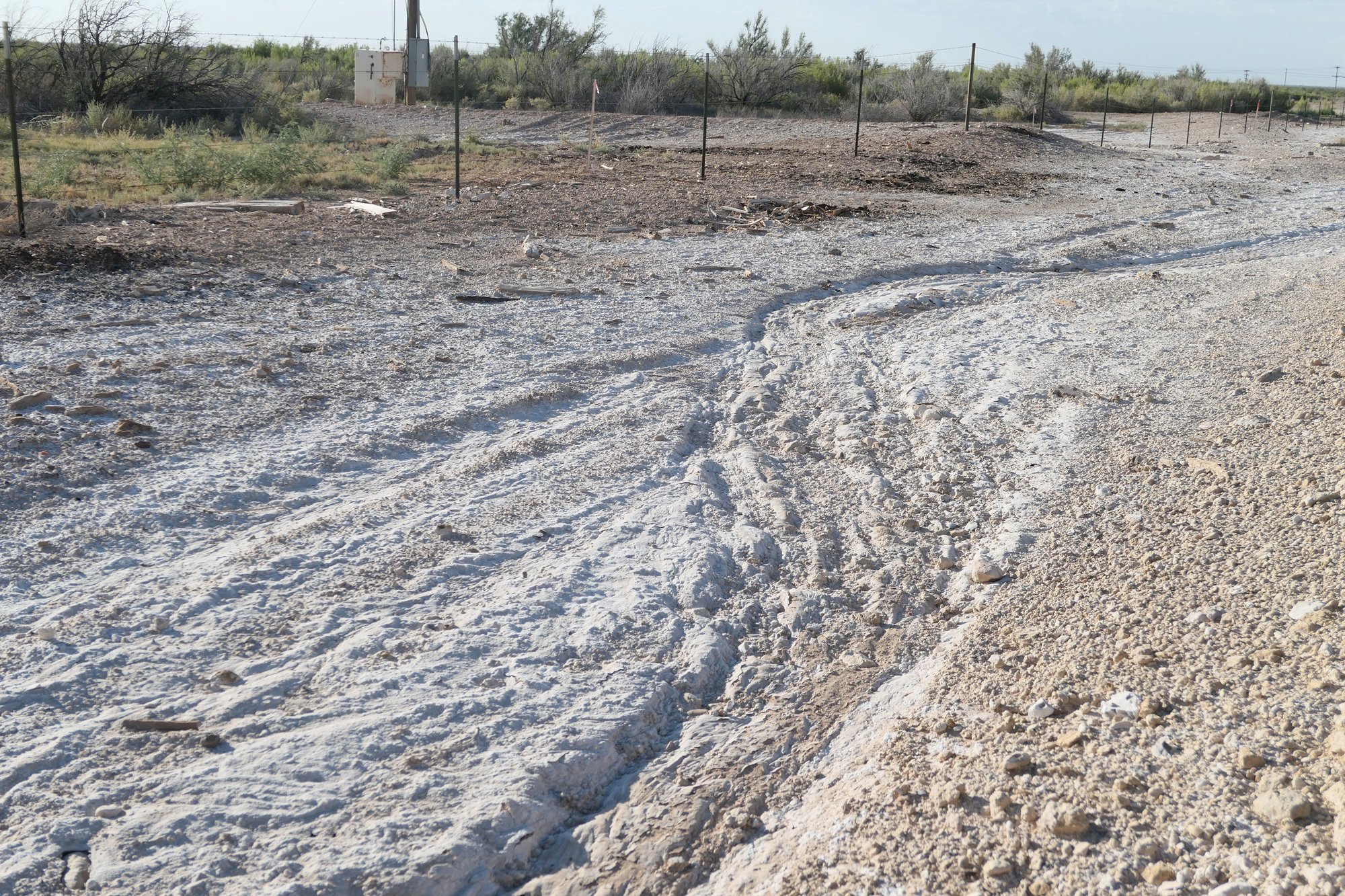
Almost 25,000 Texans Are Drinking Tap Water With High Levels of Radium
A new report finds that 38 utilities in Texas are supplying water with radium levels above the legal limit.

Water in the small Central Texas town of Brady has the highest radium levels in the state — almost double the legal limit set by the EPA, according to a new report. But Kim Lenoir, the city manager in charge of cleaning up Brady’s water supply, says she isn’t alarmed. In fact, Lenoir, who moved to town four years ago, says she still drinks the tap water.
“You have to understand it’s natural,” Lenoir told the Observer. “I know that it is safe to drink, just like we tell our citizens.”
Brady relies on seven wells that draw water from the Hickory Aquifer, which consists of sandstones that are naturally radioactive. Research has shown that chronic exposure to the element can cause cancer, and the EPA says that no level of radium in drinking water is safe. However, the federal agency has set a legal limit of 5 picocuries per liter and, in cities like Brady that are in violation, works with them to clean up the water supply.

Across the state, 38 utilities serving almost 25,000 Texans have radium levels above the EPA’s limit, according to a new report by the nonprofit Environmental Working Group. Most of the water systems serve small towns and subdivisions that may not have the resources to install expensive equipment to treat the radium.
Bill Walker, vice president and editor-in-chief at the Environmental Working Group, said Lenoir’s claim that the water is safe to drink despite high levels of radium is “very unscientific.”
“Every radioactive element, the EPA agrees, is carcinogenic,” he said. “The levels of risk go up the more of the contaminant.”
Walker said the EPA’s limit, established in 1976, was the result of political and economic compromise and is now outdated. If exposed to radium-contaminated water above the 5 picocurie level over a lifetime, 70 people out of a million are at a higher risk of cancer.
New research has prompted some states to go further than the EPA. In 2006, California set a public health goal of less than 0.1 picocurie per liter, which results in only one expected case of cancer in a million people who drink the water their entire lives.
Smaller water systems are more likely to struggle with cleaning up their water supply. All of the 38 utilities in Texas that had radium levels above EPA’s 5 picocurie limit serve small rural communities. Overhauling water infrastructure and installing water filters can be an expensive affair, especially for cash-strapped towns.
Data: The 38 water systems in Texas identified by the Environmental Working Group as having radium levels above EPA’s legal limit.
Under pressure from the EPA, Brady’s city council approved a $26 million plan in 2015 to meet the federal radium limit, according to Lenoir. The city has received $2.5 million in funding from the Texas Water Development Board for the project and hopes the state will cover most of the remaining cost. The city has also been increasing water rates for the last few years to help pay for the upgrade, Lenoir said.
Even if radium levels in tap water are below the EPA limit, Walker said that people should use a water filter at home, whether that’s a cheap pitcher on the counter or a more expensive option. State and federal governments should also improve funding for areas that are struggling to upgrade their water systems, he said.
“If you’re expecting a child, there’s no greater responsibility than protecting the child’s health,” Walker said. “It should be the state’s main priority.”


